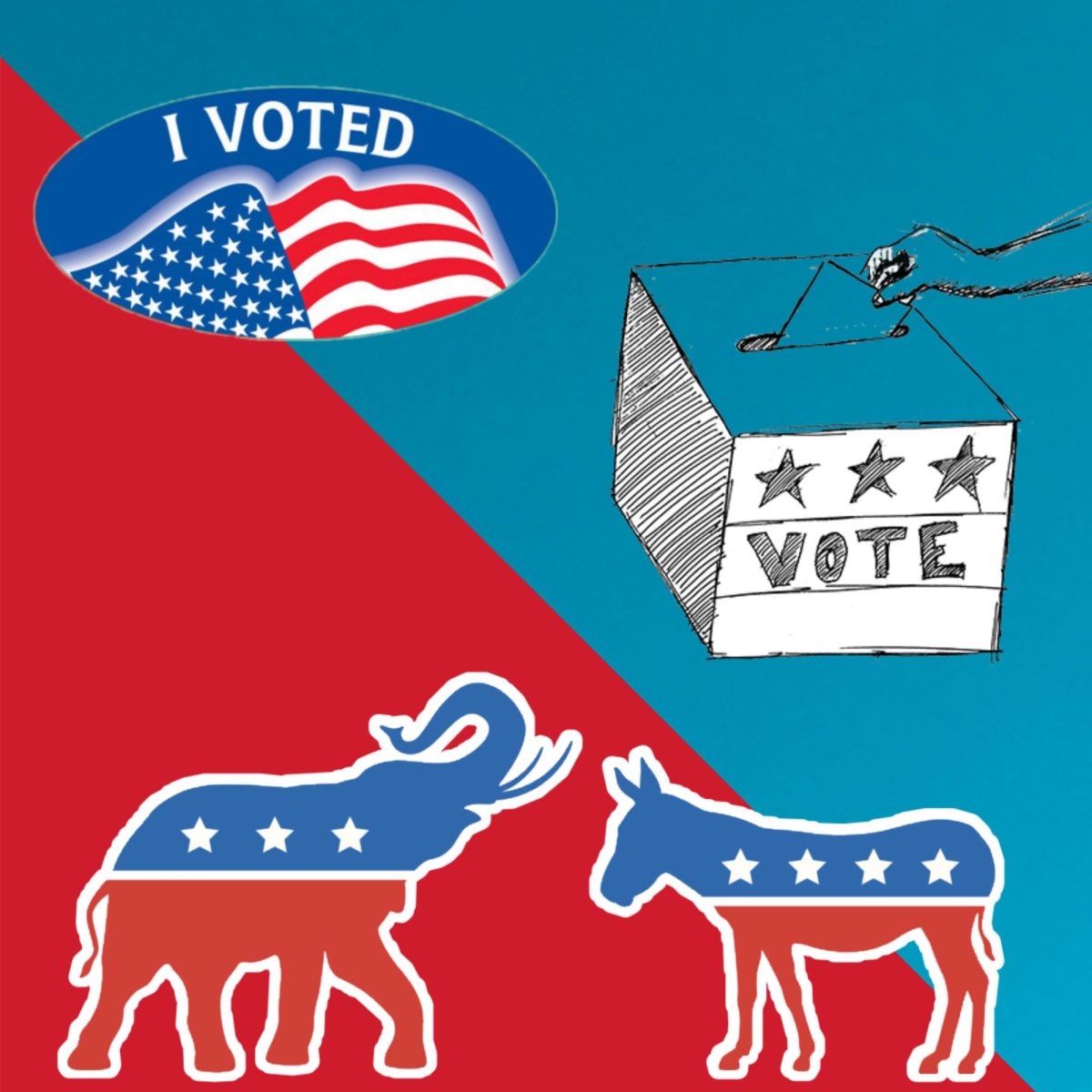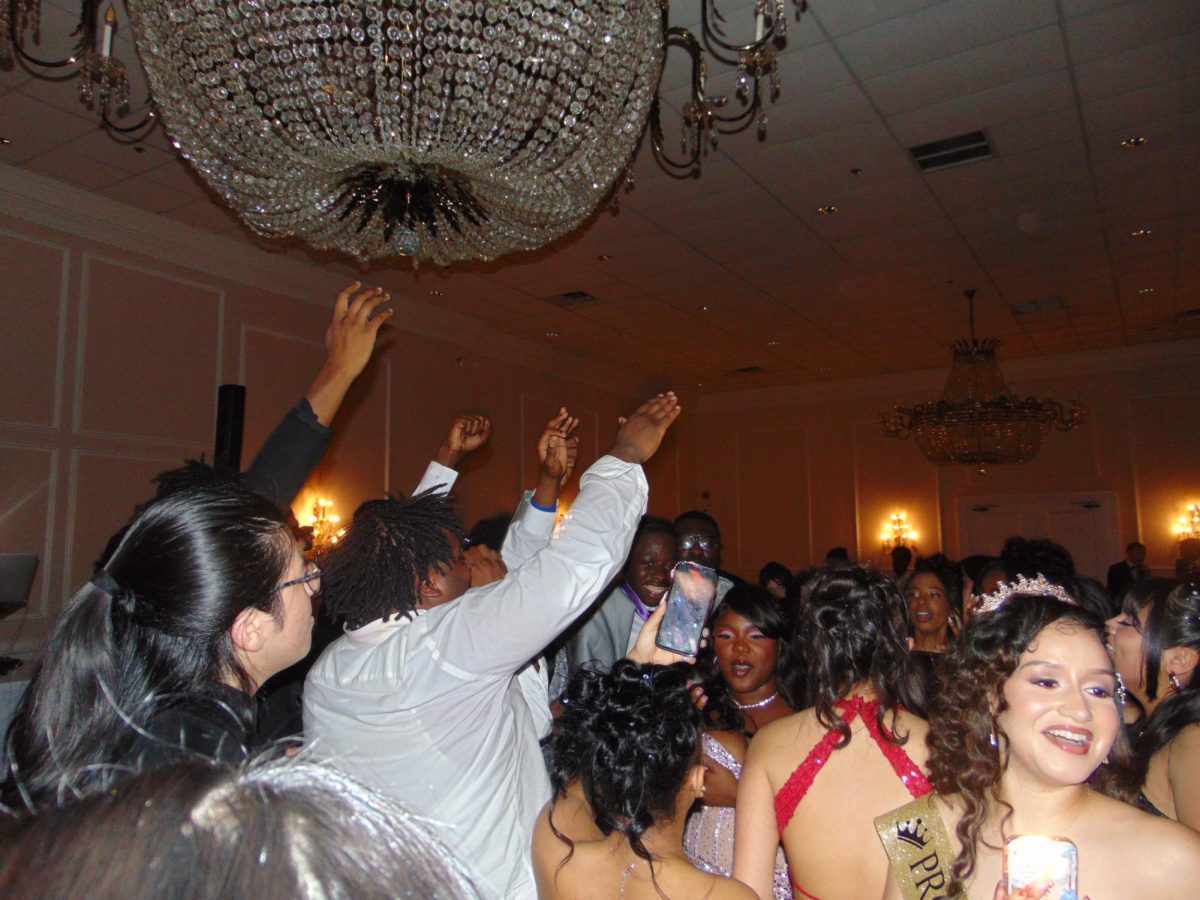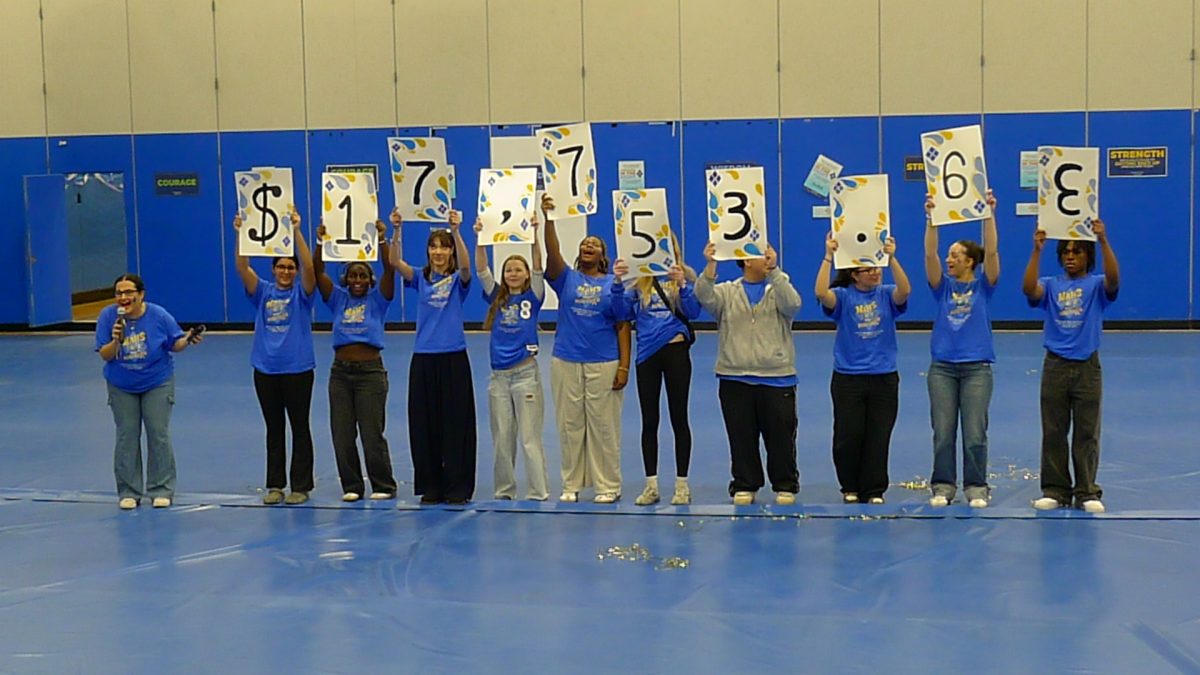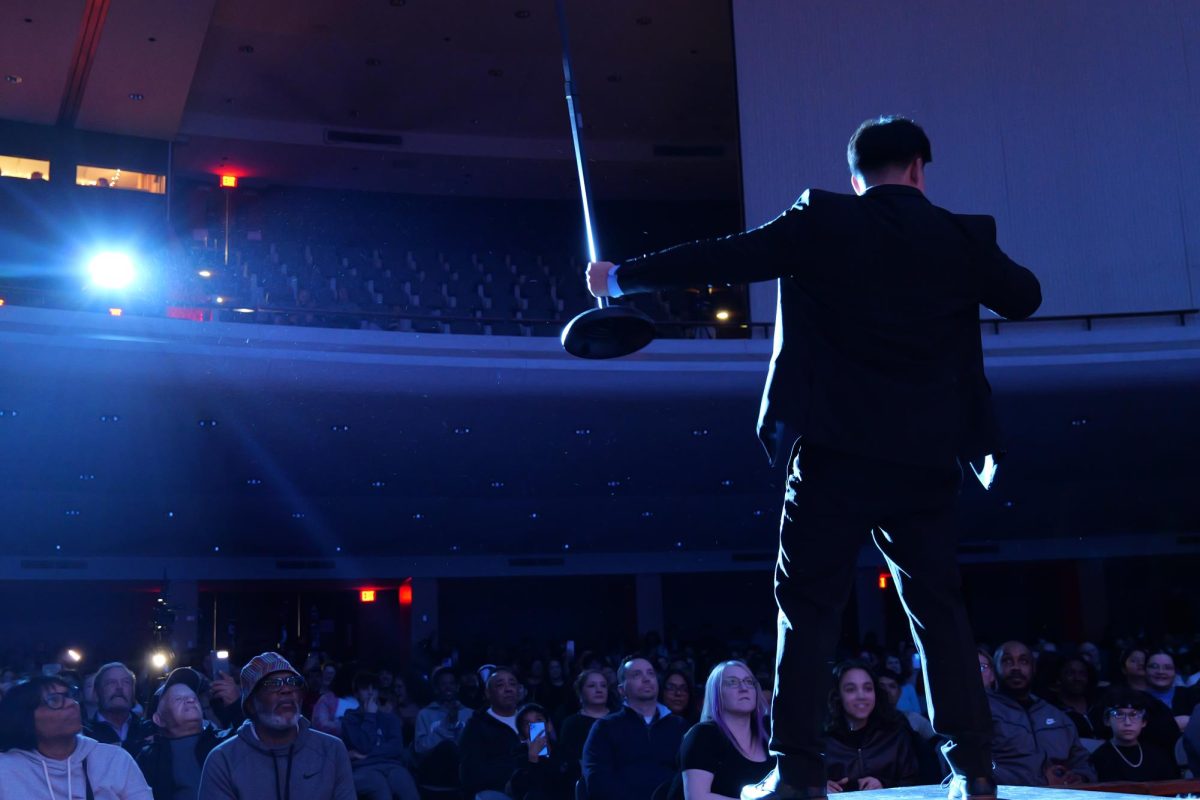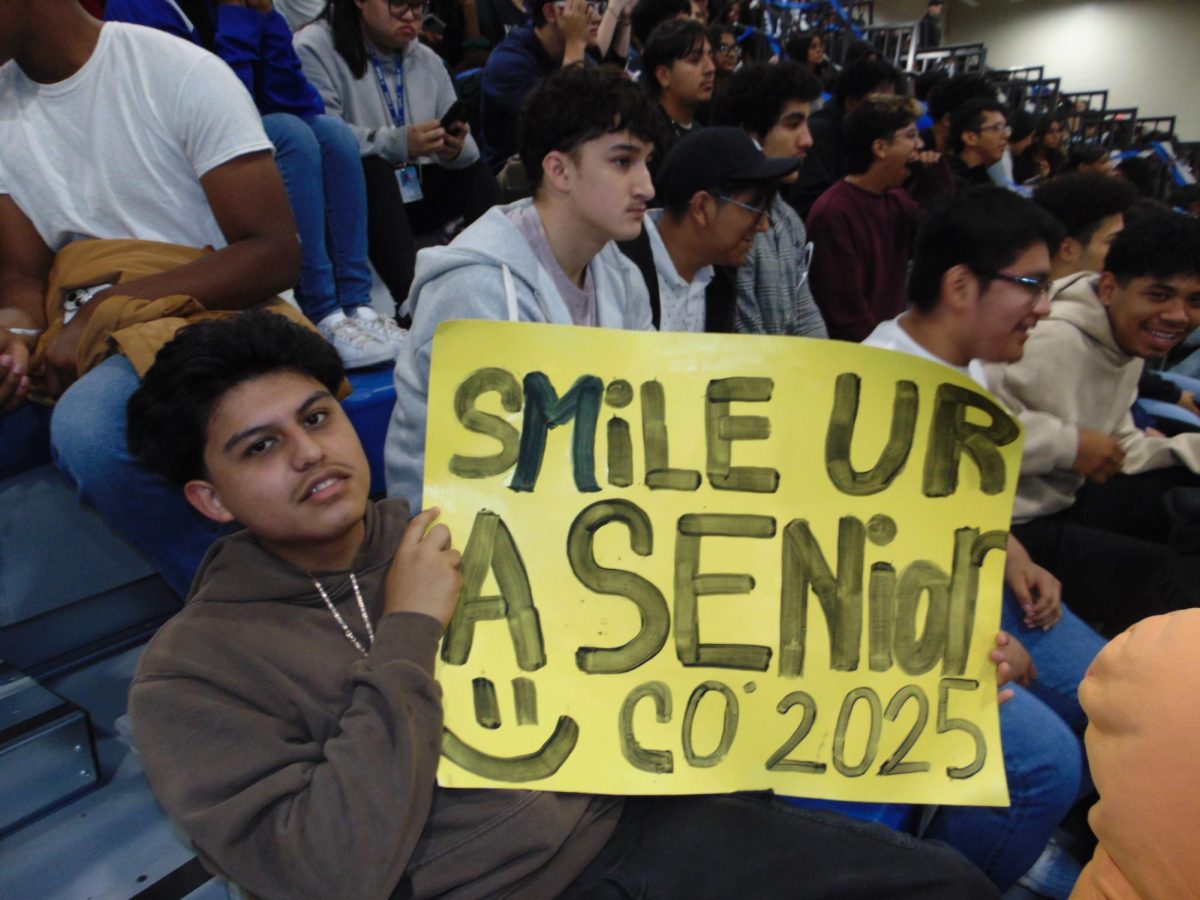This past Tuesday we had school off due to Pennsylvania’s state primary election taking place because the high school is one of many polling places. But many reading this may not know exactly what the primaries are. Why do primaries take place in addition to the general election, and what purpose do they serve?
To understand the primary election, we must understand the type of government America operates with. Most people in the world, not only Americans, hold the idea that America is a pure democracy, which is a form of governing in which the people vote directly without representatives; however, this is and never has been true of the United States, which is actually a democratic republic, a form of government that combines ideals from both the free, all-inclusive elections of a democracy and the regulated representatives present in a republic. Because of the government structure, there will typically be only a few people running in the general election.
Ok, but what does this have to do with primary elections?
General elections only really contain the republic side of the democratic republic. Primaries are where the democratic side can take effect. Essentially, the people allowed to run in the general elections are chosen by the results of the Primaries.
There are 3 types of primaries:
Closed
A closed primary only allows registered voters of either the Democratic or Republican party to vote. Adding onto this, you may only vote for a candidate within the party you registered in. Pennsylvania holds this type of election so it is known as a closed state.
Open
An open primary is the opposite of a closed one. You do not have to be registered in a political party nor must you only vote within the one you are registered as. You still only get one vote, only you are not restricted to your party. (for example; you are a Democrat but you want X Republican candidate to run during the presidential election over a different candidate in the Republican party and vice versa.)
Semi-closed Primaries
Semi-closed is a mix of both closed and opened. You do not need to be registered as a party member and may vote within either. However, people who are registered in a party may only vote within that one.
You may have noticed that no matter the type of primary, you will only get one vote. So if you truly want to make it count you should understand exactly how your vote works. Every state, including the District of Columbia [Washington D.C.], has electors who make up the Electoral College. The Electoral College can get confusing, so stick with me.
The Electoral College
So, technically, you don’t vote for the president; the “electors” do. Your vote technically (and yes, I am using the word “technically” a lot here) tells the “electors” how to vote. Who are these electors? Honestly, just some people. It doesn’t really matter (or at least, it shouldn’t) because all of the electors cast votes based on the popular vote from each state anyway. Pennsylvania has 19 electors, and the presidential candidate who wins the popular vote in Pennsylvania gets all 19 votes.
After you vote for your candidate in an election, your vote goes to a statewide tally, and this tally tells the electors who to vote for.
48 states and Washington D.C. allow a ‘winner takes all’ scoring system. This just means that the entire state is seen as ‘blue’ or ‘red’ (democratic or republican respectively) depending on what party the winning candidate got the most votes in.
Maine and Nebraska are “purple,” which means that instead of giving the winning candidate the entire state, they only get the amount of votes from each district.
A candidate needs at least 270 votes from the electoral college to win the presidency. Even if a candidate gets more votes overall (this is called the “popular vote”), they can only become President if they earn the 270 electoral college votes. Like in 2016 when Hilary Clinton won the “popular vote” but lost the election to Donald Trump, who won more “electoral votes.”
The reason for this is going back to the fact we are a democratic republic. If we allowed pure majority rule, it would inevitably end unfairly. This is because most of the votes come from cities and suburbs that are more populated. The ‘country’ part of the US (mid-west, and parts of the south-west) is less populated and so their voices would be drowned out by the coasts. The electoral votes help solve this issue by helping gather up those areas’ voices to be heard just as much as coastal states.
However, this does come with some other problems because nothing can be that easy.
This system instead causes ‘safe’ and ‘swing’ states. Safe states are states that regularly vote for one party, while swing states may ‘swing’ back and forth between the two parties. As you may have guessed, politicians will typically avoid campaigning in the the safe states and focus their energy on trying to sway the opinions of people in the swing states.
Or, with the 2016 election, you could get a whole different response. Hillary Clinton thought that she had these ‘safe states’ that went Democratic historically. which allowed Donald Trump the chance to run his campaign in these states. It gave him the advantage of more electoral votes, allowing him to win.
If no candidate wins a majority of electoral votes, the vote will go to the House of Representatives. This has only happened twice, once during the 1800 election with Thomas Jefferson winning the House and again in 1824 with the House voting John Quincy Adams as the president.
Knowing this, it may seem like only the electoral votes matter. This is both true and false depending on how you look at it. While popular votes don’t technically matter in the sense that they aren’t directly counted towards the general election, electors from each state use the popular vote from their respective states to help conclude who they will vote for.
The Primaries
This brings us back the the primaries, which is what people voted on this past Tuesday. Because only two major candidates run for president–each endorsed by either the Democratic or Republican party–the parties hold primary elections to see which candidates they should endorse. So these are elections basically tryouts for the big election. The winner of the Democratic primary will face off against the winner of the Republican primary in November.
And they hold the primary elections by state because of. . . you guessed it . . . the electoral college. The candidate who wins the Pennsylvania primary in April can hope to win the Pennyslvania electoral votes in November.
Technically, by the time the PA primaries happened, both candidates were already decided. But we voted because it’s always good to get your opinion out there, regardless of if it ‘matters’ or not in the long run. Just being a part of the vote and showing your representatives who you would prefer could go a long way.
So, if you will be 18 or older by the next primary election in 2028, make sure you go down to your local booth and show your representatives who you want to campaign. Pennsylvania’s Department of State has created a website where you can look for nearby voting booths close to you.

